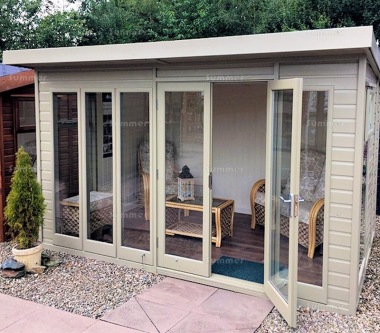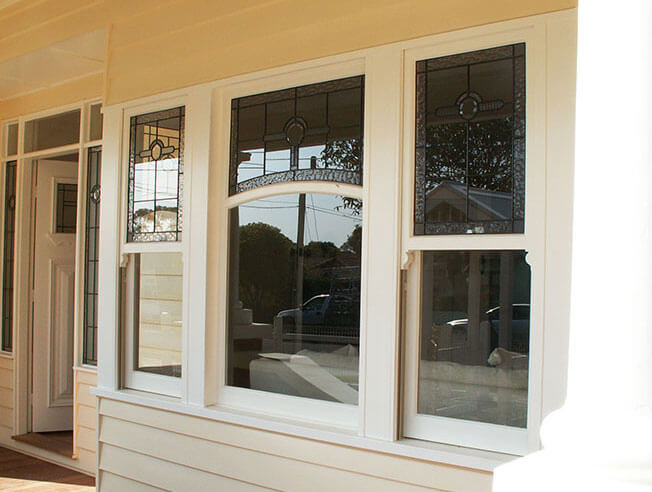All Categories
Featured
Table of Contents
Double Glazed Windows & Doors Melbourne & Sydney in Gooseberry Hill Perth
Glazing simply indicates the windows in your house, including both openable and set windows, along with doors with glass and skylights. Glazing really just implies the glass part, but it is usually utilized to refer to all aspects of an assembly including glass, movies, frames and furnishings. Focusing on all of these aspects will assist you to attain efficient passive style.

Energy-efficient glazing makes your house more comfortable and considerably lowers your energy expenses. Nevertheless, unsuitable or inadequately designed glazing can be a major source of unwanted heat gain in summertime and substantial heat loss and condensation in winter. Approximately 87% of a house's heating energy can be gained and up to 40% lost through windows.
Glazing And Glass Options - Smarter Homes in Ferndale Perth
Glazing is a considerable financial investment in the quality of your home. An initial investment in energy-efficient windows, skylights and doors can considerably reduce your annual heating and cooling costs.

This tool compares window choices to a base level aluminium window with 3mm clear glass. Understanding a few of the crucial homes of glass will assist you to select the very best glazing for your home. Secret properties of glass Source: Adapted from the Australian Window Association The amount of light that travels through the glazing is known as noticeable light transmittance (VLT) or noticeable transmittance (VT).
Solace Creations: Home in Munster WA
The U worth for windows (expressed as Uw), explains the conduction of the whole window (glass and frame together). The lower the U value, the higher a window's resistance to heat flow and the better its insulating worth.
If your house has 70m2 of glazing with aluminium frames and clear glass with a U value of 6. 2W/m2 C, on a winter's night when it is 15C colder outside compared with inside your home, the heat loss through the windows would be: 6. 2 15 70 = 6510W That is equivalent to the overall heat output of a large space gas heating system or a 6.
The Surprising Benefits Of Double Glazing In The Summer ... in Peppermint Grove Western Australia

If you choose a window with half the U value (3. 1W/m2 C) (for instance, double glazing with an argon-filled gap and less-conductive frames), you can cut in half the heat loss: 3. 1 15 70 = 3255W The solar heat gain coefficient (SHGC) for windows (revealed as SHGCw) determines how easily heat from direct sunlight streams through an entire window (glass and frame together).
The lower a window's SHGC, the less solar heat it sends to the house interior. Glazing makers state an SHGC for each window type and style. Nevertheless, the actual SHGC for windows is affected by the angle that solar radiation strikes the glass. This is called the angle of occurrence.
Glazing And Glass Options - Smarter Homes in Wembley Downs WA
When the sun is perpendicular (at 90) to the glass, it has an angle of occurrence of 0 and the window will experience the maximum possible solar heat gain. The SHGC stated by glazing manufacturers is always calculated as having a 0 angle of incidence. As the angle increases, more solar radiation is reflected, and less is transferred.
Table of Contents
Latest Posts
The Surprising Benefits Of Double Glazing In The Summer ... in Dalkeith Western Australia
Why Install Stunning Double Glazing Windows During Summer? in Glendalough WA
Double Glazing Windows in Osborne Park Perth
More
Latest Posts
The Surprising Benefits Of Double Glazing In The Summer ... in Dalkeith Western Australia
Why Install Stunning Double Glazing Windows During Summer? in Glendalough WA
Double Glazing Windows in Osborne Park Perth